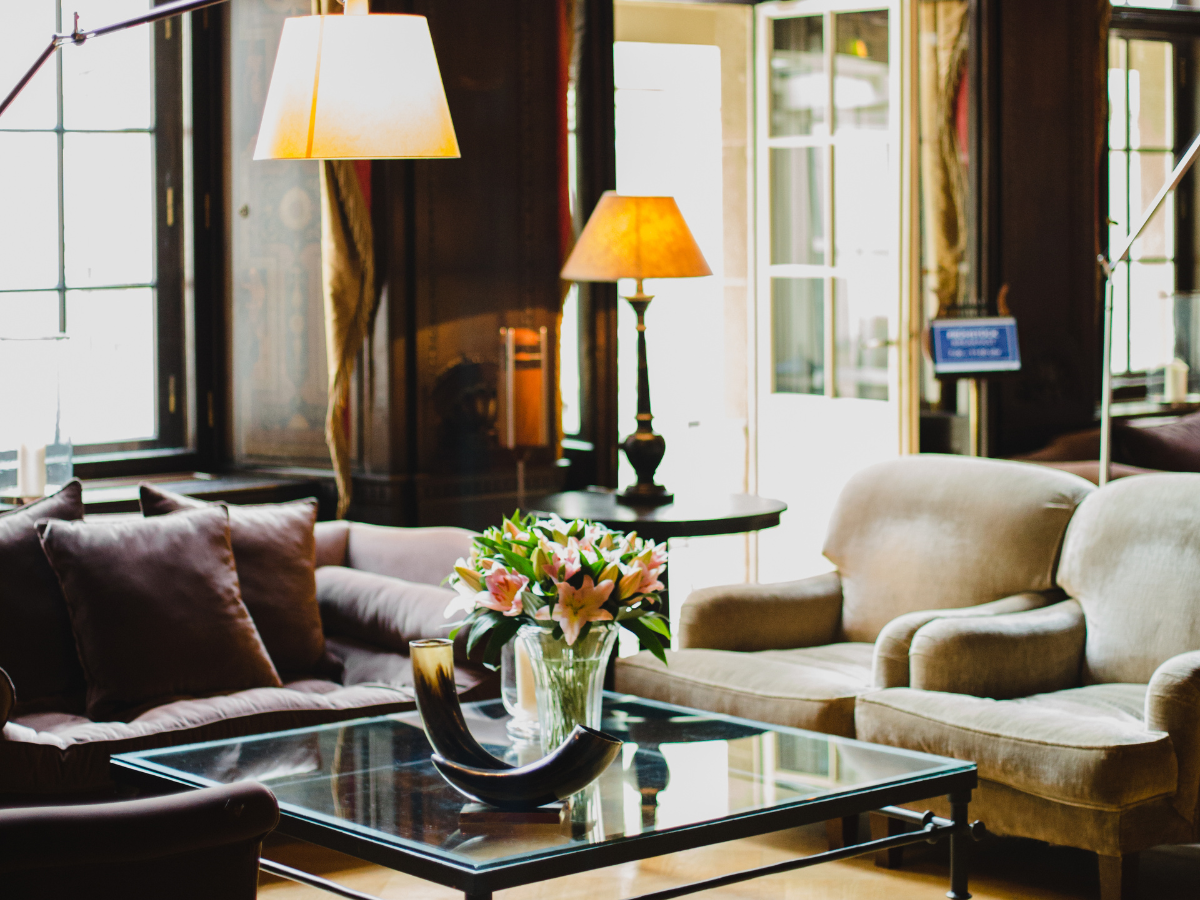
Interior design is an art that combines functionality, aesthetics, and creativity to create a space that reflects your personality and style.
Whether you are a seasoned designer or a homeowner looking to revamp your living space, understanding the fundamental elements of interior design is crucial to achieving your desired look.
In this comprehensive guide, we will delve into the 7 essential elements of interior design that will help you transform your home into a stunning oasis.
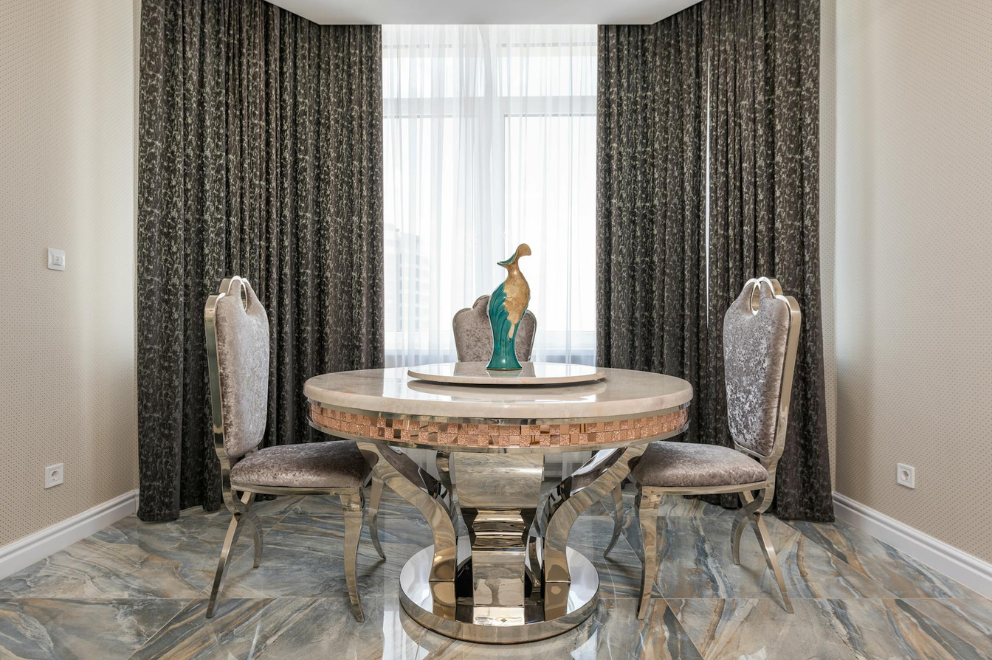
In interior design, form refers to the shape of objects or features within a space. These can be geometric, like a lamp with defined lines, or natural, like plants or organic materials. Using form well adds personality to a room. Balancing geometric and natural form is key to not feeling cluttered or overwhelmed.
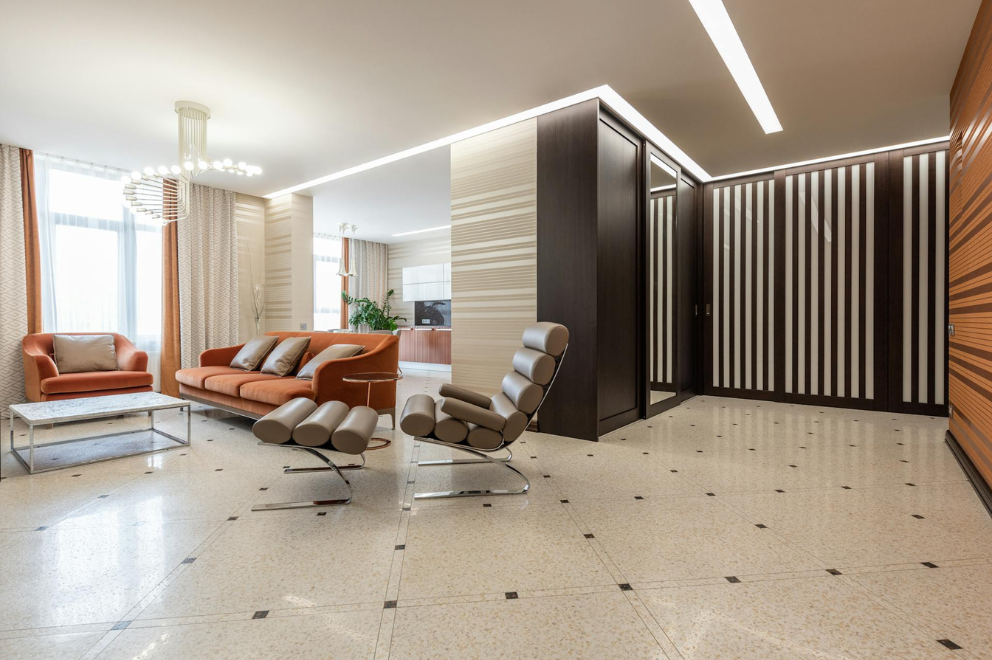
Understanding the dimensions and shape of a room is key to good design. The size and shape sets the boundaries of what can be done, but removing walls can give more flexibility. It’s important to make the most of the space when laying out furniture, like an L-shaped sofa in a corner. Designing in 3D – height, width, length – allows for creative and functional use of space.
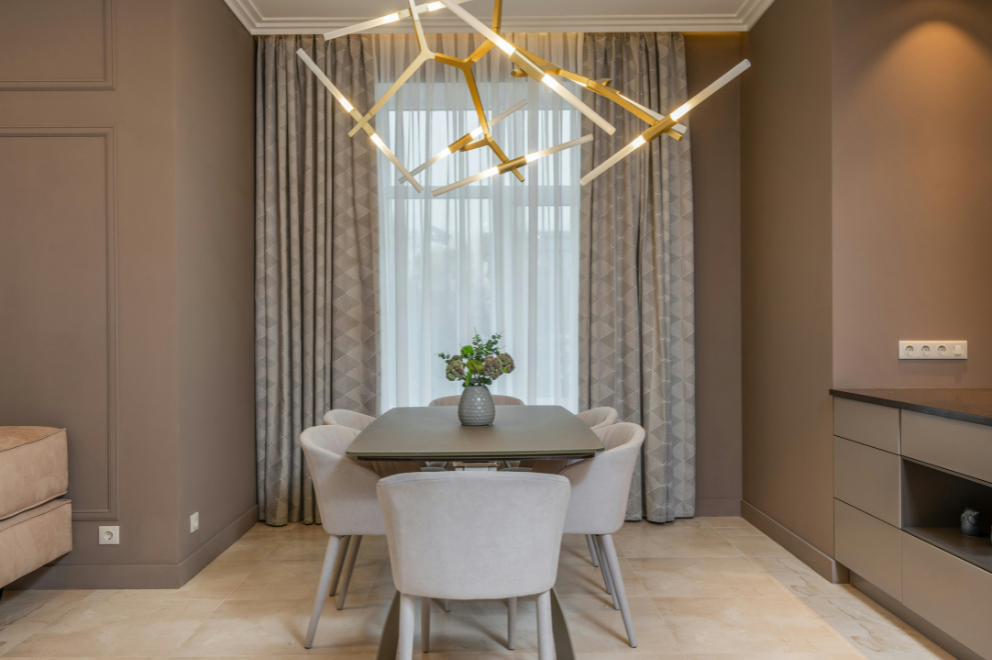
Light is a basic element in interior design, it’s connected to everything. Natural light changes throughout the day depending on the room’s orientation, and affects the quality and colour. Morning light is cool, midday is clear, evening light is warm. Designers use this to inform their colour and design decisions. Artificial light, from ceiling fixtures to table lamps, sets the tone and function of the room.
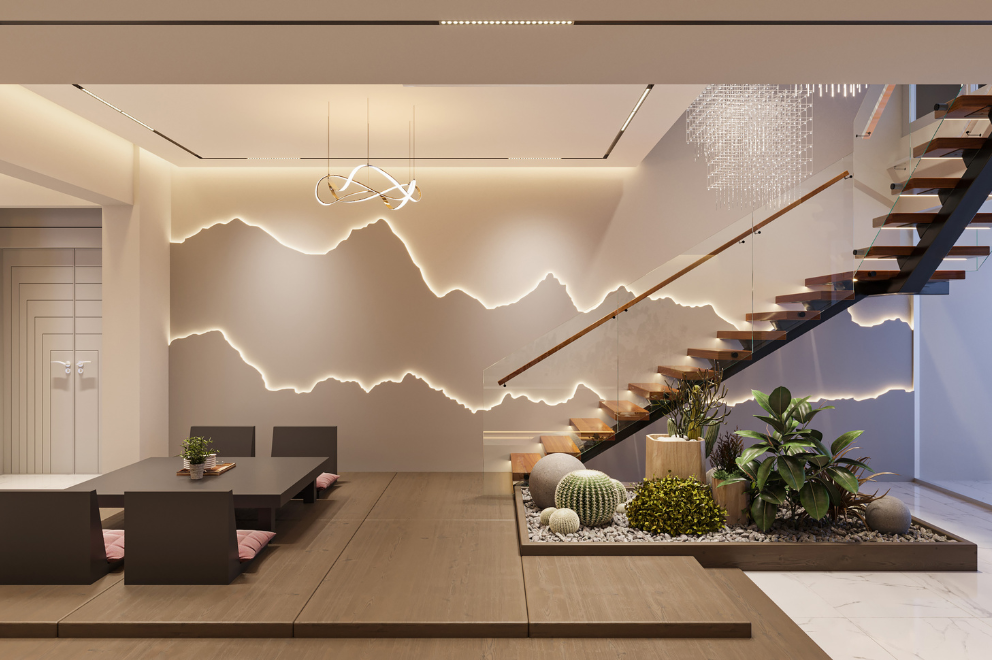
Lines lead the eye through a room, whether they’re natural, like wall edges, or created by design elements like furniture. Vertical lines add height, horizontal lines focus on a area. Balancing different types of lines, including occasional zigzag patterns, creates harmony.
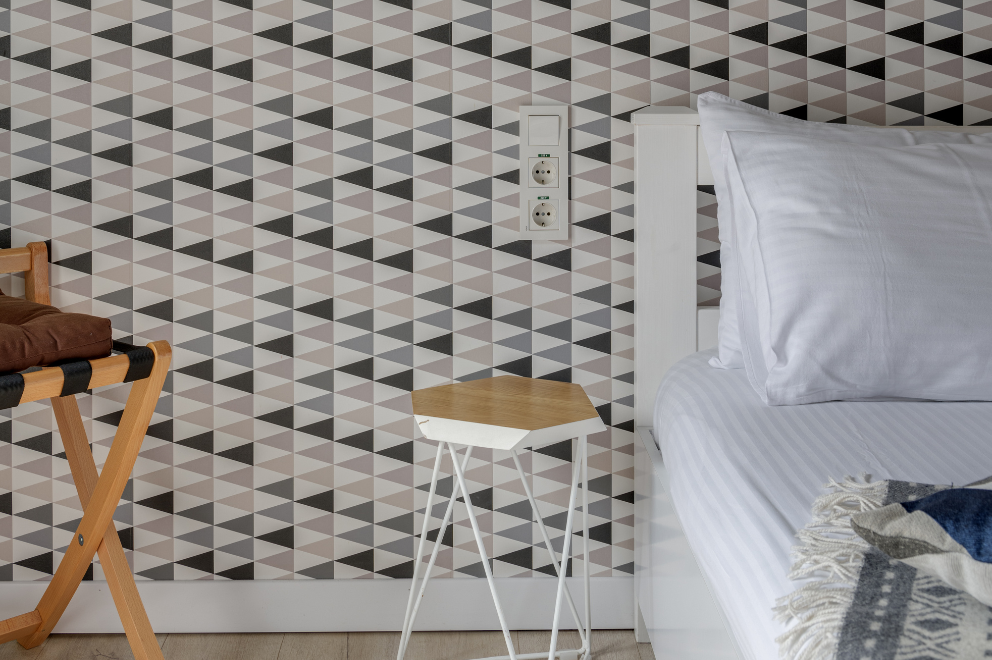
Patterns are everywhere in nature and can work in a space if used well. They should support, not overwhelm, other design elements. In larger rooms patterns can bridge solid colour areas and create a cohesive look. Patterns can be on smaller details like cushions or larger surfaces like rugs and wallpaper.
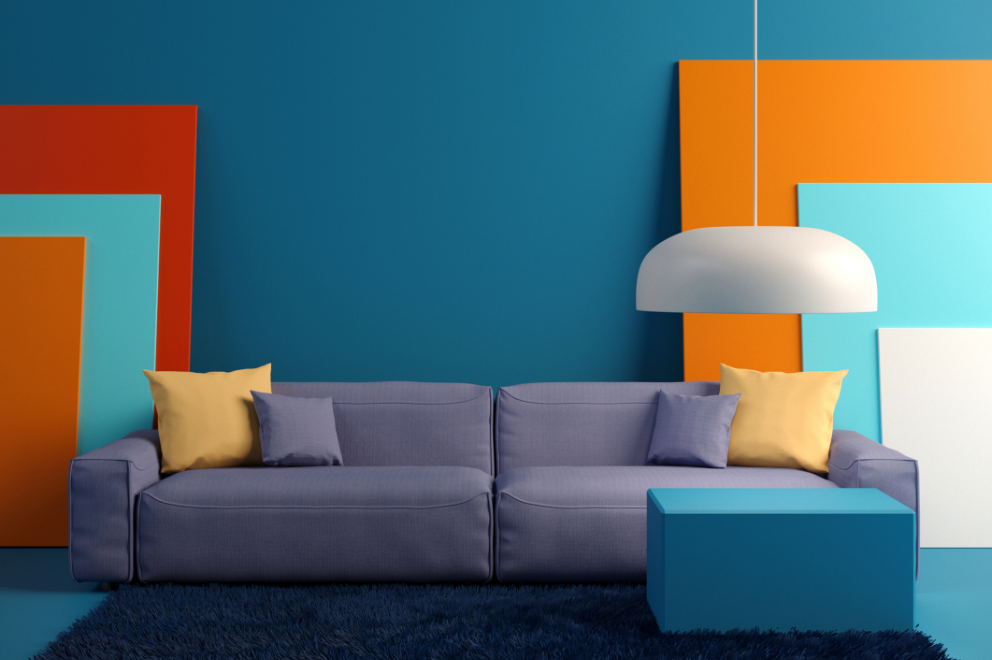
Color affects the mood of a room. Traditional schemes use primary and secondary colours, but subtle tones are important too. Darker shades work on floors, mid-tones on walls, lighter shades on ceilings. Colour can hide architectural imperfections and blend in radiators with the walls.
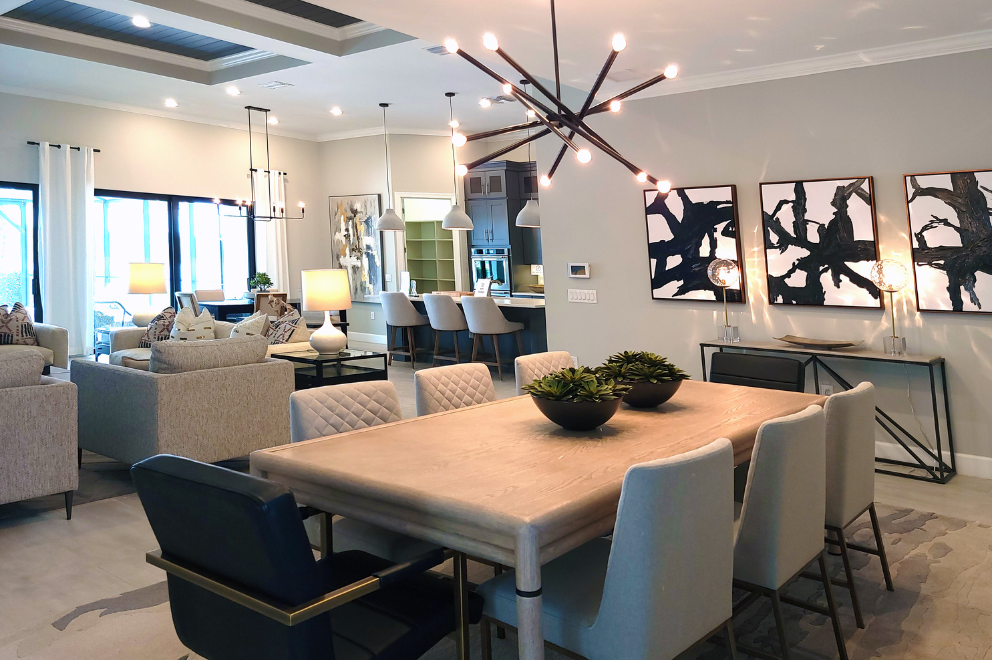
Texture is the feel of a surface or finish on furniture and is often neglected. The combination of texture, colour and light adds depth and visual interest to a room. Light filtering textures, like sheer fabrics, tone down colours, light absorbing textures, like matte paints and wool, make colours more intense. Textures can also pick up on smaller design elements.
By incorporating these 7 essential elements of interior design, you can transform your home into a stunning and functional space that reflects your personality and style. Remember, the key to successful interior design is balance, harmony, and a deep understanding of the fundamental principles that govern this art form.
In a workspace, it’s layout (for space efficiency), lighting (to reduce eye strain) and ergonomic furniture (for comfort and productivity). When these elements are well integrated you have a functional workspace.
Colour, light and texture can make space feel bigger. Light colours and clever lighting can make a small room look bigger, texture and pattern can add interest without overwhelming the space.
Knowing the interior design elements helps you make informed decisions about colour schemes, furniture placement and decor so your DIY projects end up with well designed and functional spaces.
Use light coloured walls and reflective surfaces. Position mirrors to bounce light and choose window treatments that allow maximum daylight and privacy.
Understanding the elements of interior design—such as color, texture, light, and space—empowers you to create spaces that are not only visually appealing but also functional and harmonious. By mastering these key components, you can transform any room into a well-designed environment that reflects your personal style and enhances your living experience.

Emma Grace, with a background in product design from Stanford, has crafted elegant yet functional home furniture since 2010. She became a part of our editorial family in 2016, sharing ideas on combining aesthetics with utility. Emma spends her downtime exploring artisanal markets.

Hi there! I’m Aisha Harper. With a background in exploring breathtaking destinations and a deep appreciation for creating warm, inviting spaces, I’ve combined my passion for adventure and home into a fulfilling career. From scaling mountains to styling living rooms, I love blending the thrill of the outdoors with the comfort of home, inspiring others to do the same.